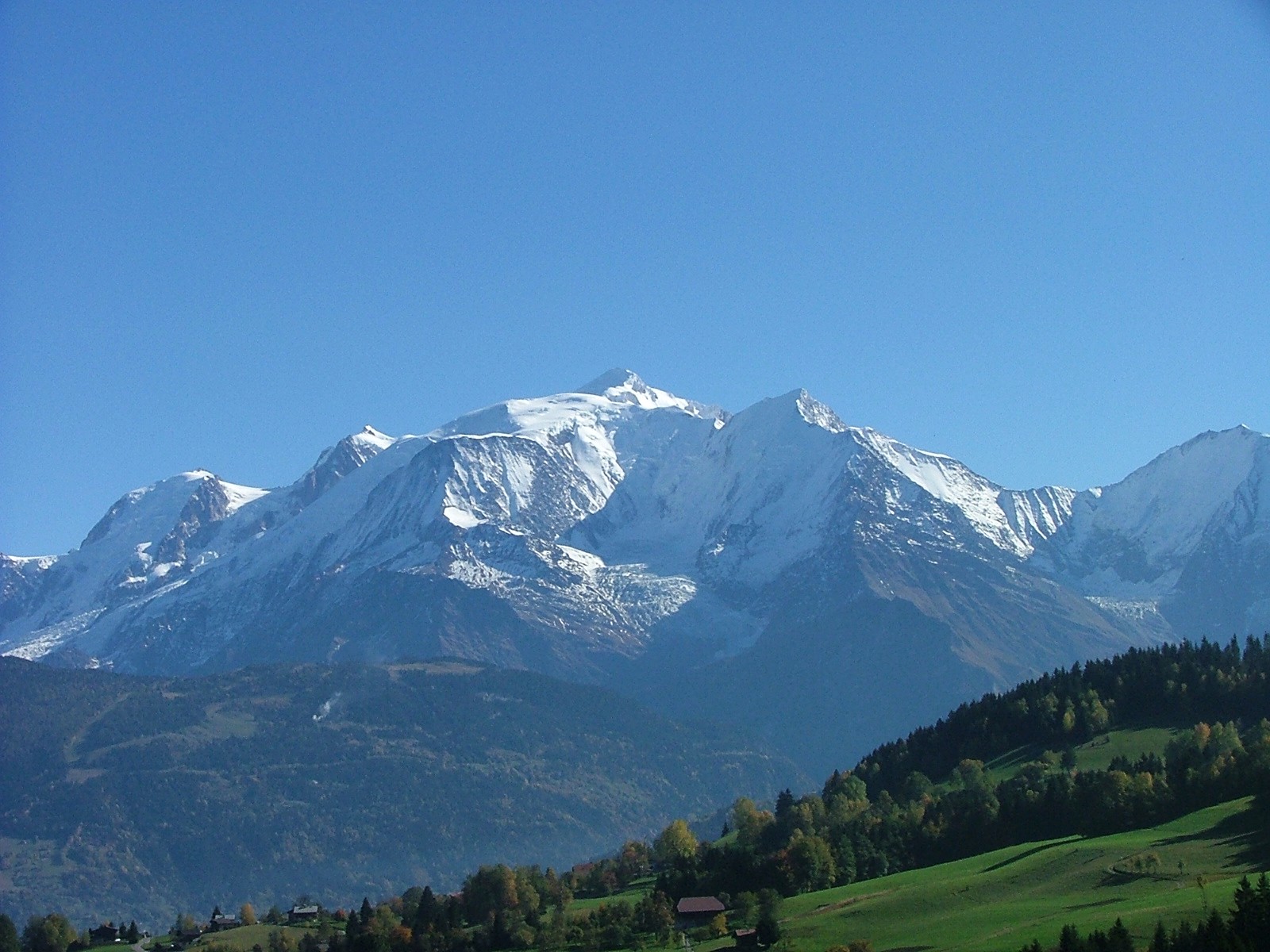History
Ancient humans were present in Germany at least 600,000 years ago. The first non-modern human fossil (the Neanderthal) was discovered in the Neander Valley.
Similarly dated evidence of modern humans has been found in the Swabian Jura, including 42,000-year-old flutes which are the oldest musical instruments ever found, the 40,000-year-old Lion Man, and the 35,000-year-old Venus of Hohle Fels.
The Nebra sky disk, created during the European Bronze Age, is attributed to a German site.
Here are 6 major period in Germany's History.
- Germanic tribes and Frankish Empire
- East Francia and Holy Roman Empire
- German Confederation and Empire
- Weimar Republic and Nazi Germany
- East and West Germany
- Reunified Germany and the European Union
 [Dark green: Germany]
[Dark green: Germany]




